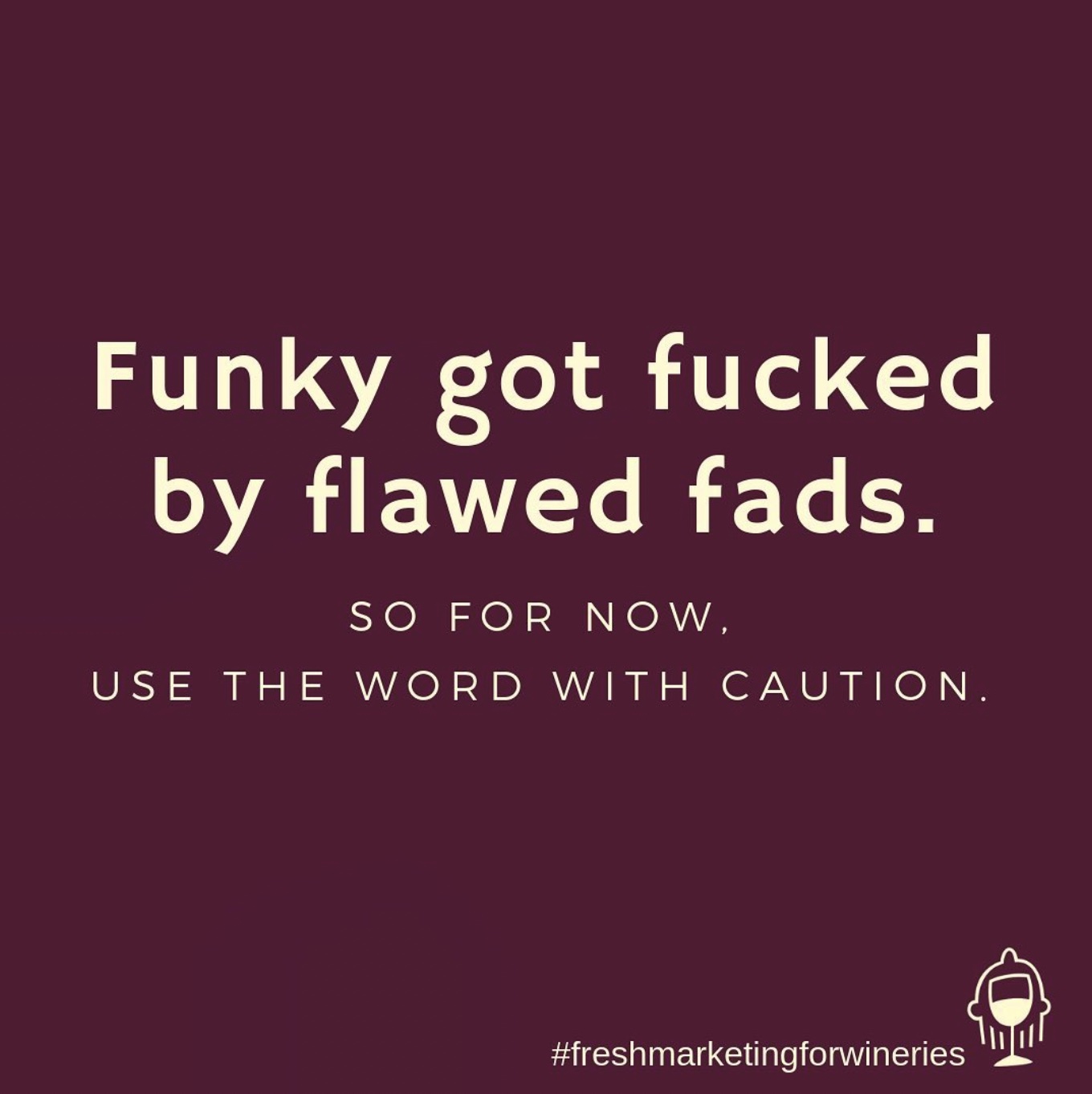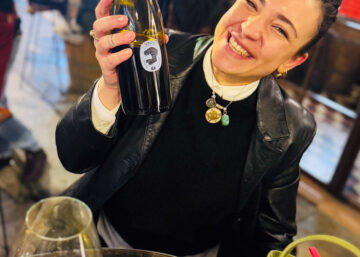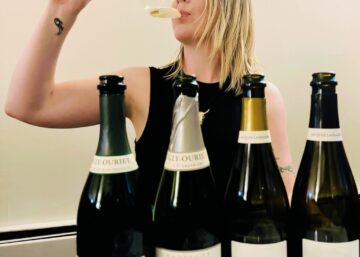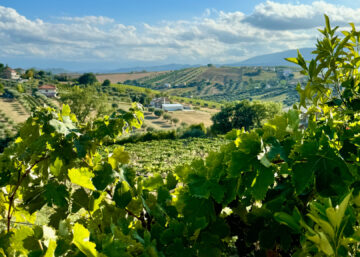Master of Wine and lovely instructor at the International Wine Center in New York City, Mary Gorman-McAdams defines the Pet Nat method best: It does what it does in the time it takes to do what it needs to do.
Pet Nat. Pétillant Naturel. Naturally Sparkling. Ancestral Method. A fizzy, often funky wine that finishes fermenting in the bottle. The OG of bubbly.
Production is relatively hands-off. The winemaker interrupts the must’s natural fermentation, bottles without filtering, and calls it a day. Still very much alive, the remaining sugar and yeast reactivate fermentation in the bottle, converting into CO2 and alcohol. After a few months, the environment becomes too inhospitable for the yeast to survive, as there are not enough nutrients to hold on to, and you end up with a cloudy, naturally sparkling wine.
The first sparkling wines came about because of this natural phenomenon, giving birth to more precise sparkling winemaking such as today’s traditional method, Méthode champenoise, etc.
The winemaker may decide to disgorge—remove the dead yeast and top it off with still wine—though generally, they never go back in.
Deciding to leave the dead yeast makes it possible for fermentation to reactivate for a second-ish time if the conditions are right, as life does wish to prevail. If this does happen, it means more pressure and less residual sugar. But who’s to say it happens?
So the Nat is somewhat unpredictable. It is the epitome of bottle variation, as the production method ensures that no two are identical in composition. The concept is low intervention, but there are no rules or regulations. They’re made all over the world and can be absolutely delicious or straight up undrinkable.
Such was the case in class recently. Not mentioning names as I would want to try at least one more bottle before bashing the entire batch. But it was bad. Like one sip and then dump bad.
As the yeast was likely natural and usually remains dead in the bottle, you can expect what the WSET book describes as “unconventional flavors.” In hipster terminology, they’re funky…which reminds me of an Insta post I created a few years back:

It pains me, for I love the word funky. But in light of my recent natural wine binge, I think it’s time to retreat from its use until we see the end of this fad that lets way too many downright flawed wines freeload on funky’s flair. And I KNOW, funky technically can mean flawed, or smelly, or bad, but I always used it for a wine that was unconventional, that got down to funky town in my mouth.
To those who love funky wines, either flawed or far out, to each their own. This is #freshmarketingforwineries, and I’m simply saying to use the word with caution because it’s being abused, confused and misused.
Back to the Nat.
Even though I’ve had many disappointing bottles, I’ll never stop buying and trying them. Because, like humans, each is unique, and no judgment can be made before getting to know one.
So go pop some bottles! Just make sure they’re very cold, as that Nat can be wild and froth out like a rabid dog upon opening. Chilling keeps pressure as under control as possible, but you should probably open it over a sink and with a glass in hand, ready to catch that fun, funky juice.
I made a Reel about the Nats I’ve tasted since moving back to the US. Cheers!
View this post on Instagram


